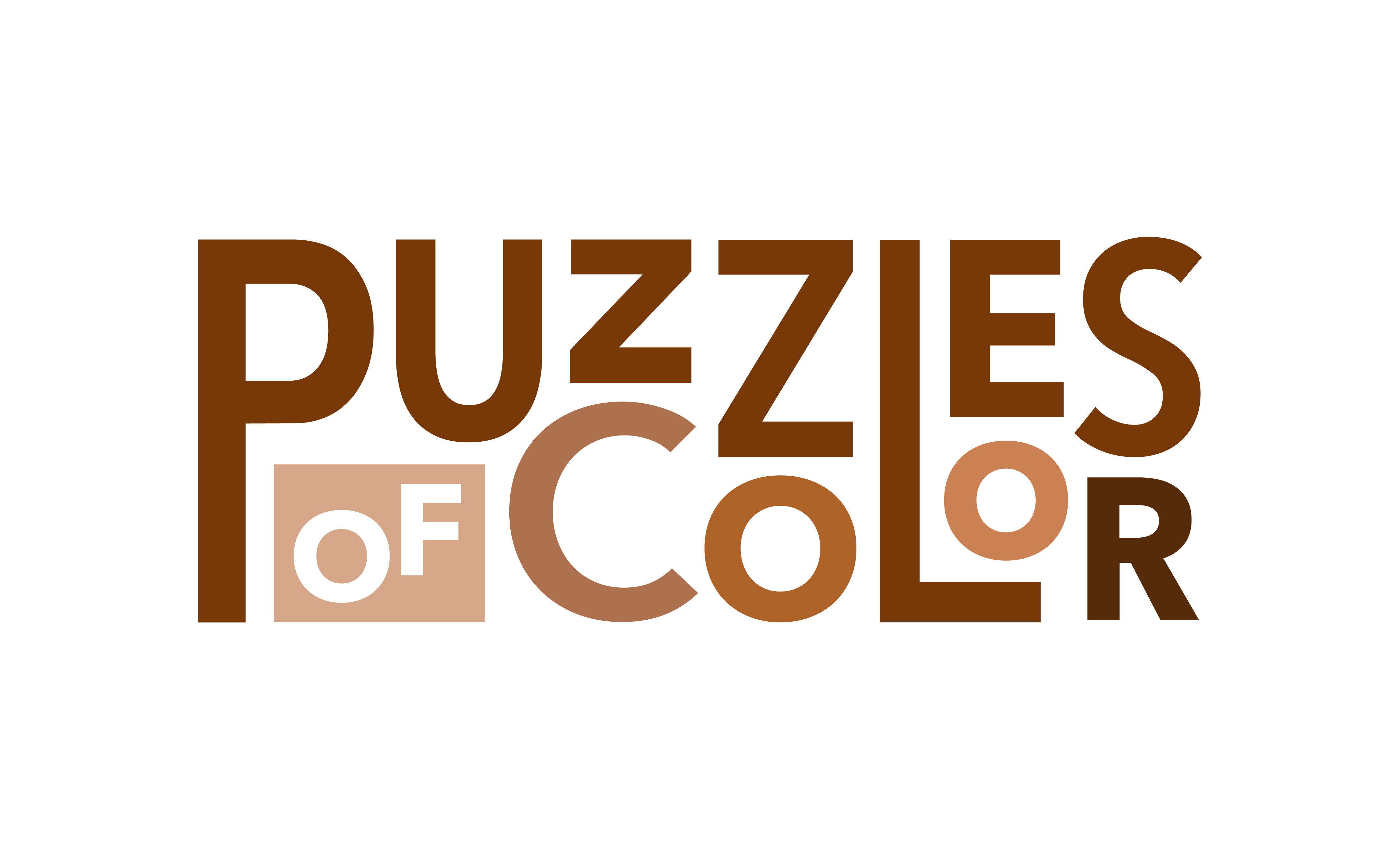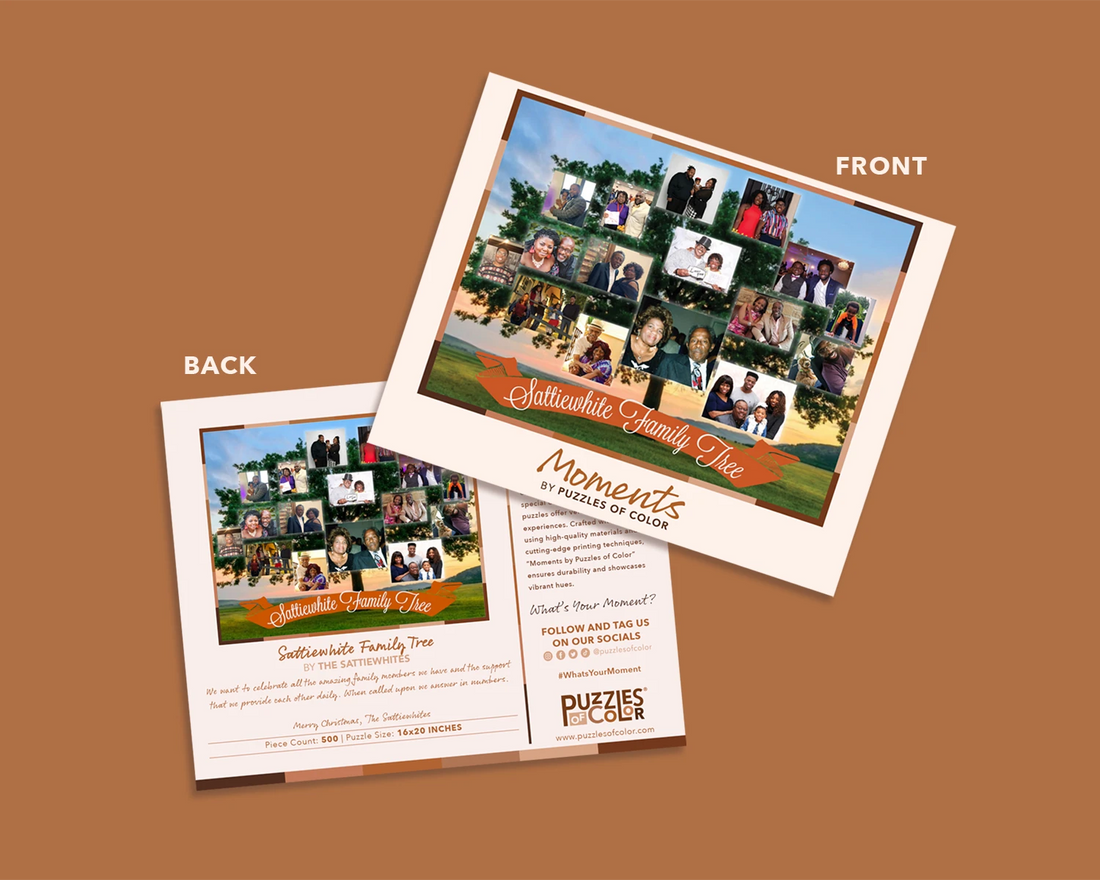As young siblings, William and Ericka loved almost any adventure that came their way. When Ericka was four years old, their parents took them to the Children's Museum in Maryland while they were visiting a family member. You'd think that the world of artifacts and wonders would spark their little minds. However, nothing was more important to Ericka than playing peek-a-boo and hearing William's loud belly laugh that seemed to be endless. That museum day was filled with beautiful moments, most of which they created with the simple joy of being together. As we navigate the challenges of entrepreneurship, William, Ericka, and the family team continue to discover that the most fulfilling part of managing Puzzles of Color is that we always back each other with unwavering familial support.

Puzzles have the ability to bring people together by encouraging a shared experience of focus, collaboration, and triumph. Central to this experience is the image chosen for the puzzle—a visual narrative that captivates and challenges the puzzler. We'll explore four crucial tips for selecting the ideal puzzle photo, ensuring a memorable and enjoyable puzzling activity.
Your Image Should Make a Connection:
At the heart of any great puzzle lies a personal connection. When selecting a photo for a puzzle, prioritize images that hold sentimental value and evoke cherished memories. Whether it's a snapshot from the first dance at a wedding, a family gathering, or a beloved family member, choosing an moment that is special to you or the person receiving the puzzle gift ensures that your puzzle-solving becomes a journey through personal history.


Color and Tone Balance:
The aesthetics of a puzzle greatly influence the overall enjoyment of the assembly process. Opt for images that boast clear contrast, vibrant colors, and a diverse color palette rather than images that are singularly black and white, or have more monotone coloring. Well-balanced colors and tones make it easier to distinguish between pieces, contributing to a smooth and enjoyable puzzle time.
 vs.
vs. 
A photo with clear and diverse coloring makes a more appealing puzzle to complete than photos that are black and white.
Sortable Details Enhance the Fun:
Puzzling becomes an engaging adventure when there are intriguing details to discover within the pieces. As you select a photo for your puzzle, consider images with sortable details—distinctive elements that can be sought after and connected during the assembly process. Whether it's a whimsical vase, a bowl of fruit, or an antique bookshelf in the background, these details add an extra layer of enjoyment to puzzling.
High-Quality Details Matter:
Details are crucial, especially when it comes to puzzles. As you will discover, each puzzle piece will highlight every piece of the image. High-resolution photos not only make the process more visually rewarding but also prevent frustration caused by blurry or pixelated images. Quality matters, and a well-detailed image sets the stage for a satisfying puzzle experience. Keep in mind that your image should have a suitable ratio depending on the piece count you choose:- 110 piece puzzle - 8x10 inch
- 500 piece puzzle - 16x20 inch
- 750 piece puzzle - 20x24 inch
With every puzzle, your journey begins with the selection of your Moment. A Moment is more than just an image; it's a connection to memories and emotions, a celebration of life. By following these tips, you can create moments of joy and nostalgia for both the assembler and those who gather around to witness the completion of a masterpiece. We hope Moments by Puzzles of Color gives you the opportunity to celebrate those special memories no matter how small and give or receive the gifts that make life beautiful.
Have a special moment you want to share? Post your moments on social media using #MomentsbyPuzzlesofColor. Happy puzzling!



